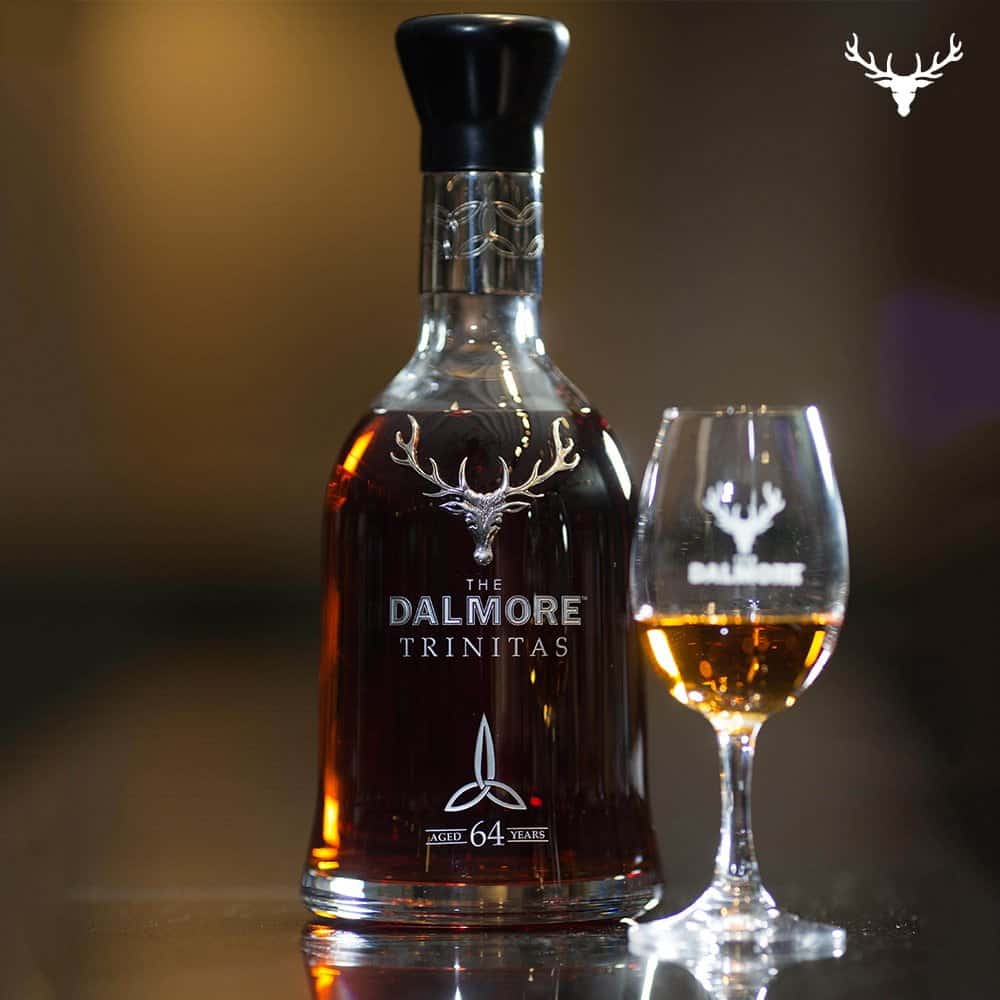To mark the 40th Birthday of Glencairn Crystal we’re taking a trip down memory lane to showcase some of our most interesting and innovative decanters.
The fourth decanter story in this series features Whyte & Mackay’s Dalmore Trinitas 64YO with Richard Paterson. He joined Whyte & Mackay as Assistant Blender for 4 years and then in 1975 became a Master Blender and is responsible for some of the most iconic whiskies in the industry.
He is also the man the industry knows as ‘The Nose’. The Dalmore Trinitas is a single malt that is as exceptional as it is rare, representing a trinity of unimaginable luxury.
To mark the 40th birthday of Glencairn Crystal we’re taking a trip down memory lane to showcase some of our most interesting and innovative decanters with Scott Davidson (Glencairn Crystal’s New Product Development Director and son of Founder Raymond Davidson).
We kick off our series of decanter stories with the ground-breaking Mortlach 70 Year Old ‘Teardrop’ decanter from 2010, which was incredibly special; when it was released the whisky was the oldest in the world to have ever been bottled and sold. We worked closely with Michael Urquhart (MD of Gordon & MacPhail in 2010) and his team on the project and Michael also shares his views below on what made this whisky and decanter so unique.
The Brief
“
RP: In 2010 we had this 64YO and only enough for 3 bottles. We wanted to make it something special and unique…”
”
“
SD: We had the Candella and Selene decanters and then Whyte & Mackay said ‘let’s make a new shape’. We had to push boundaries.
”
The Whisky
“
RP: I had to meticulously look after it for many years. It’s not something that is just like ‘OK we’ve got the 64, we’ll stick it in a cask and put it in a decanter’ – it doesn’t work like that. You have to monitor these whiskies – they are very rare. When they get to this age the first thing you think of is that bitter chocolate coming through but because it’s so old, you’re going to get the figs, sultanas, and more importantly you’re going to see that heavy sweet liquorice and hints of balsamic.
”
The Decanter
“
SD: During the 90s, Whyte & Mackay asked, “what can we do that fits in with the profile of the original Dalmore bottles?” so that they could create a halo of products around the standard bell shape with the long neck, sloping shoulders and the kick out at the base. The original mould used for Candella and Selene was altered into what became Aurora which was only ever used for the Trinitas project. We ordered a dozen of them but only three were used. The stoppers were made as well, with one cut on the first one, two cuts on the second, and three cuts on the third stopper.
”
“
RP: You’ve seen the bell shape bottle of the Dalmore, but we wanted to reflect that in crystal along with high grade silver and Glencairn did it marvellously on that front. You conjured that modern slant to it with that Dalmore stag head and my signature on the back of it in silver. It was very classy and beautiful, and that’s why to my mind, not just the whisky but the decanter is the first thing the recipient is going to see and that’s why I believe they sold so quickly.
”
The Challenges
“
SD: When we made it, it was developed in such a hurry that we never had time to modify the moulds so it was made with just enough glass thickness to hold 700ml. We literally developed a product from start to finish in two months. We made it to such a tight specification of crystal so quickly that only three of these decanters exist worldwide – we had to scrap the other nine!
”
The Response
“
SD: It was bonkers! A £100,000 product had never been done before! There is now recognition in the whisky industry of the art that goes into creating these products, resulting in the demand and interest in Scotch whisky.
”


